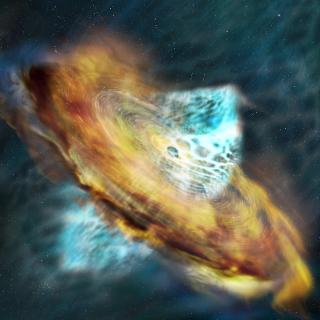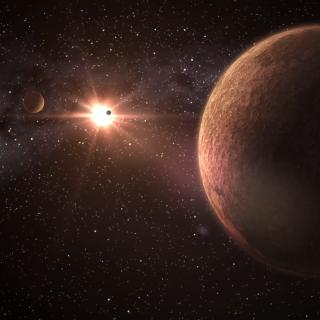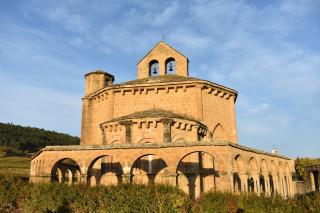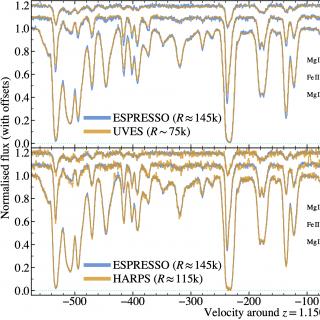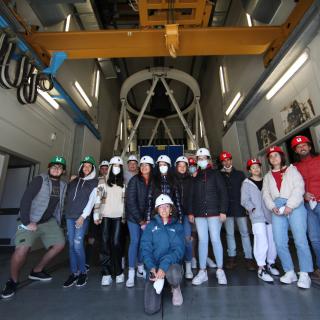
After a break of two years due to the pandemic, the students of the 4th ESO class in La Palma will again be able to get to know about the astrophysics research carried out at the Roque de los Muchachos Observatory, in company with volunteer astronomers from the various telescopes. After ten seasons of the educational programme “Our Students and the Roque de los Muchachos” this school course is starting up again live, during this school year, with a new format which for the first time includes a visit to the Visitor Centre of the Roque de los Muchachos, thanks to the collaboration of the
Advertised on
